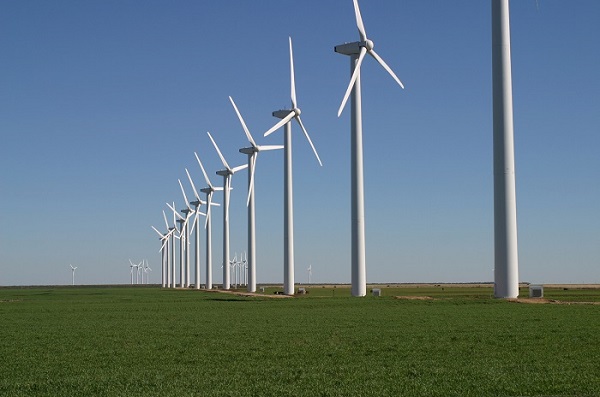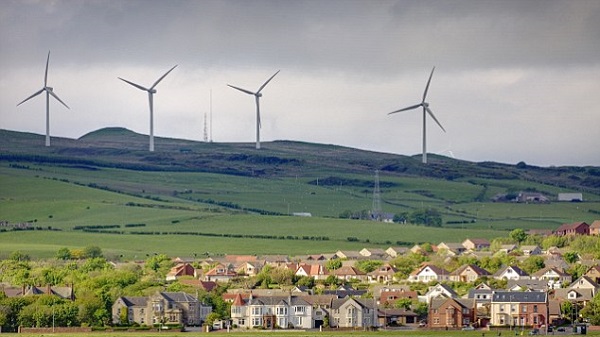A sizeable piece of North Carolina farmland is about to be converted into something the US south has never had before: a commercial-scale wind energy farm.

Spanish firm Iberdrola Renewables is funding the $600 million project, which will result in the building of 102 turbines on 22,000 acres near Elizabeth City. Once that phase is done, the company plans on adding 50 more.
Upon the conclusion of the project, Iberdrola Renewables forecasts the turbines will provide the area with 204 megawatts — about enough electricity to power 60,000 homes.

The start of construction ends a years-long regulatory process that almost stopped the plan before a single shovel hit the dirt. It also marks the first large onshore wind farm in the area — not a single watt of electricity is generated by wind in nine states across the southeast.
One of the problems has been a lack of wind in the area, but taller towers and bigger turbines have created a solution to this problem and according to the US Department of Energy, the area is now ready to invest into the technology.
Specifically, federal energy researchers have found stronger winds at higher elevations can be tapped by new towers and bigger rotor blades. Previously unavailable federal maps of onshore wind flows at higher elevations show that this technology will thrive in many areas across the southeast.
“If you go higher, the wind is better,” said Jose Zayas, director of the Wind and Water Power Technologies Office at the Department of Energy. “The question is how you get there responsibly and economically.”
For those curious, the average tower height in the US is about 260 feet; the new technology being used for the North Carolina farm calls for turbines to stand 460 feet tall.
There are already wind farms in 36 states—altogether, they generate about 5% of the country’s energy. This is low compared to other countries like Denmark (28%), Portugal, Spain, and Ireland (16%), but some states see higher return than others. South Dakota and Iowa, for instance, each derive about 20% of their electric energy from wind.
The Energy Department believes the US can make it to the 20% power generated by wind mark by 2030, and opening up the southeast part of the country to this technology is a terrific way to begin striving to reach that mark.
Worth noting about this story is that there are some hurdles standing in the way. For one, utilities in most southern states have not invested heavily in renewable energy, so there still needs to be a period of educating and buying in that needs to be completed before this technology sees true adoption. Also, to date, only North Carolina has put into place a state law mandating utilities to increase their renewable energy portfolios.
Now, this doesn’t necessarily mean it’s going to be an uphill battle for renewable energy companies. Other factors are already forcing change in the region’s energy market. Jonas Mast of Duke University’s Nicholas Institute for Environmental Policy Solutions explains that abundant natural gas, coal being phased out, and aging nuclear plants are creating what could potentially be a stout market for wind power as utilities begin to explore their next best investment to add to their energy mixes.
Via Phys.org
Advertisement
Learn more about Electronic Products Magazine





